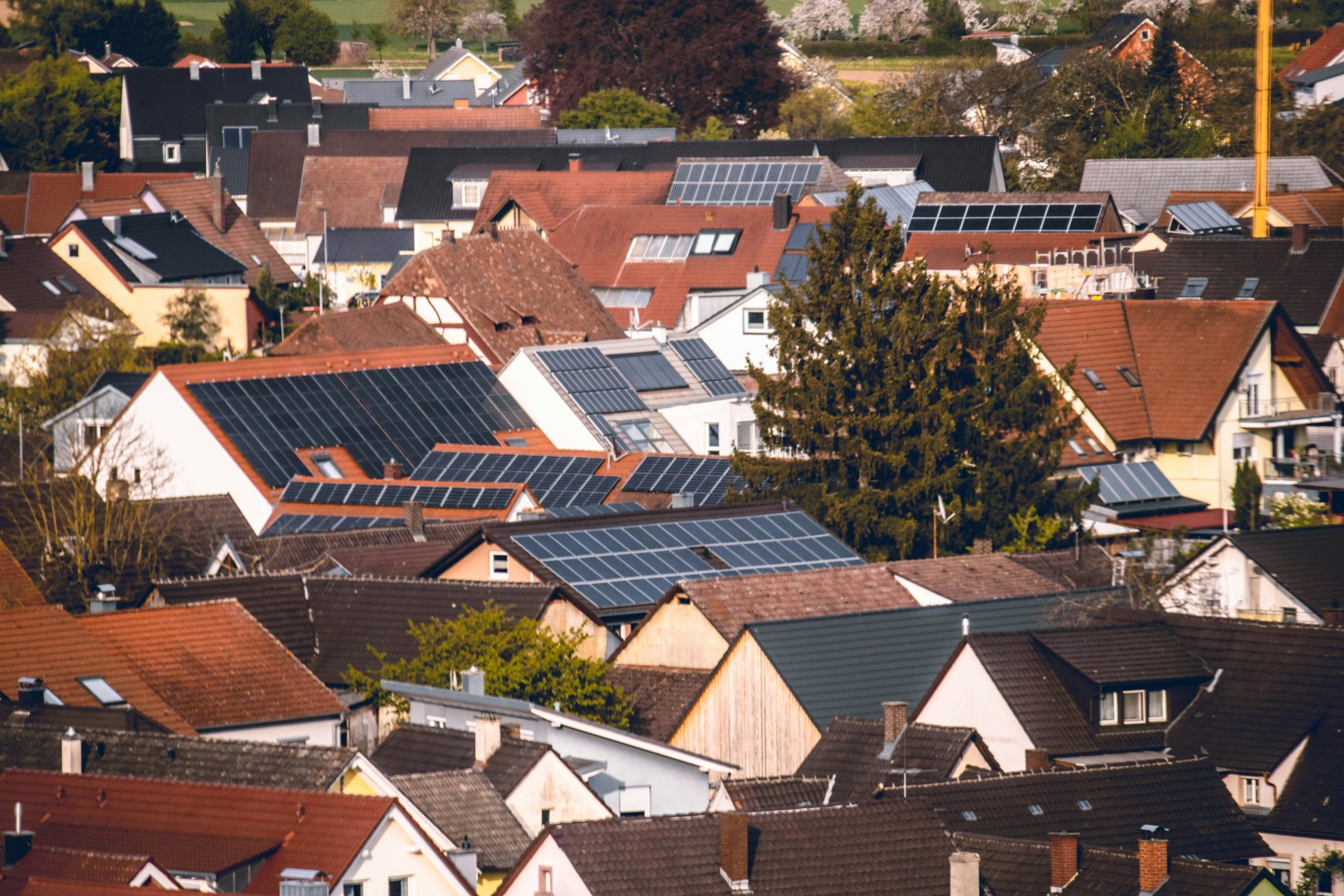“The results have led to policy recommendations for adapting energy communities”
TECNALIA took part in the TANDEM technical assistance to assess the inclusive uptake of energy communities in Europe
TECNALIA has concluded its participation in the TANDEM analysis, focused on promoting an efficient and inclusive uptake of energy communities in Europe. TECNALIA’s work involved analysing the territorial conditions that influence the implementation of these communities in various European contexts, with the aim of generating policy recommendations to facilitate their development.
Territorial conditions that make a difference
Energy communities are a key tool for moving towards inclusive energy transition. However, their uptake is not homogeneous: the study has identified more than 8,000 energy communities in Europe, with large differences between regions. Some areas have more than 120 communities per million inhabitants, while others have no initiatives at all.
TECNALIA has studied how factors such as social trust, density of renewable infrastructure, educational level, family income and institutional support condition their viability in each territory.
Recommendations for effective implementation
The results have made it possible to highlight the existing divide between regions and propose policy recommendations to adapt energy communities to local characteristics, promoting equity in access to energy and citizen participation.
The initiative has generated recommendations linked to management and administration, funding and the socialisation of information and benefits. To this end, specific actions have been proposed that could be implemented to promote a deployment that is more closely linked to inclusion objectives, aligned with energy development policies in transition processes.
One step closer to inclusive energy transition
This technical assistance, requested by ESPON (European Observation Network for Territorial Development and Cohesion), has been carried out by ECORYS Europe EEIG-GEIE, TECNALIA, REScoop.eu and Energy Cities. This collaboration has enabled the integration of complementary perspectives in the territorial analysis and in the formulation of policy recommendations.

